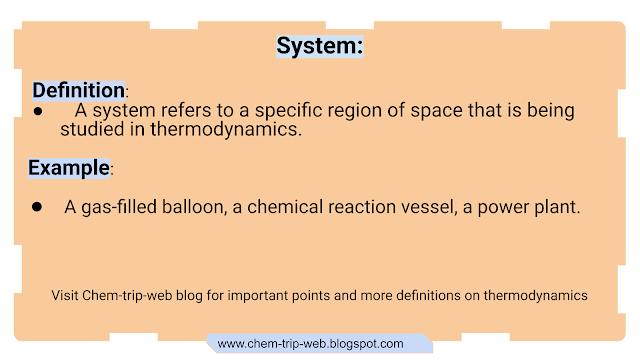Unraveling the Wonders of Proteins: Definitions, important points and examples

Introduction: Proteins, the building blocks of life, are intricate molecules responsible for numerous vital functions in living organisms. Understanding their structure is crucial for unraveling their diverse roles in the human body and other organisms. In this blog post, we will delve into the world of protein structure, exploring key concepts such as amino acids, peptide bonds, and various levels of protein structure. Whether you are a student or a professional, this guide will equip you with essential knowledge to appreciate the complexity and beauty of proteins. 1. Amino Acid: Definition: Amino acids act as essential organic compounds, serving as the foundational components of proteins. They consist of an amino group (-NH2) and a carboxyl group (-COOH) attached to a central carbon atom, along with a unique side chain (R group). Important Points: A diverse array of proteins arises from the combination of 20 standard amino acids in varying sequences. Each amino...



